Date and place
- October 14th, 1805 at Elchingen, Bavaria.
Involved forces
- French army (17,000 men), under Marshal Michel Ney.
- Austrian army (16,000 men), under Feldmarschall-Leutnant Johann von Riesch.
Casualties and losses
- French army: less than 1,000 men (killed or wounded).
- Austrian army: 2,000 men (killed or wounded), 4,500 prisoners.
The general situation
In October 1805, the start of the Campaign in Germany saw Napoleon, in a broad turning movement, outflank the Austrian army and put himself in a position to invest the town of Ulm
Convinced that the enemy would try to escape to the south, the Emperor sent the Grande Armée to the right bank of the Danube [Donau], i.e. to the south.
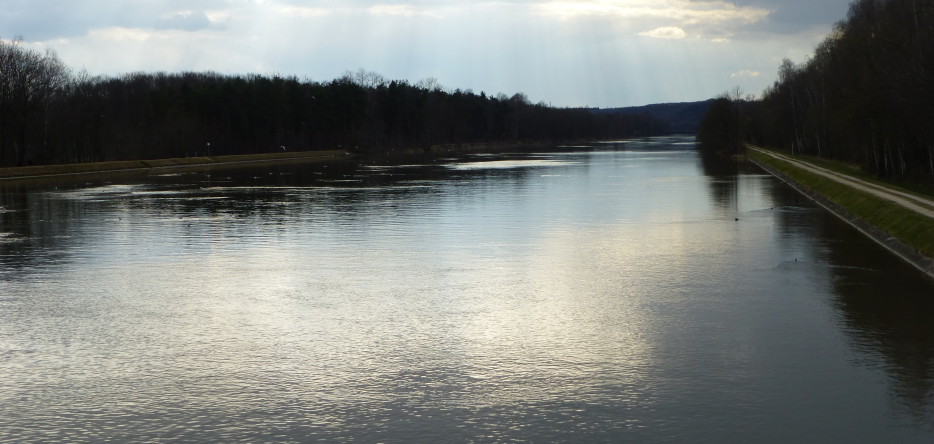
Mack, on the other hand, tried his luck on the north bank.
Fortunately for the French, General Pierre Dupont de l'Etang
Napoleon then ordered Ney and Joachim Murat to reconquer the north bank of the Danube and support Dupont. This involved taking the Elchingen bridge
The armies
French army
Marshal Ney was to attack at the head of what remained of his corps on the south bank: General Louis Henri Loison
They numbered 7,200 and 6,300 men respectively, each with half a dozen cannons.
Austrian army
The Austrian army consisted of the two divisions of Johann Ludwig Alexius von Loudon (or Laudon)
This represented a force of fourteen infantry battalions and eleven cavalry squadrons, massed on the hills overlooking the north bank of the Danube, around Unter-Elchingen, Ober-Elchingen and its convent:
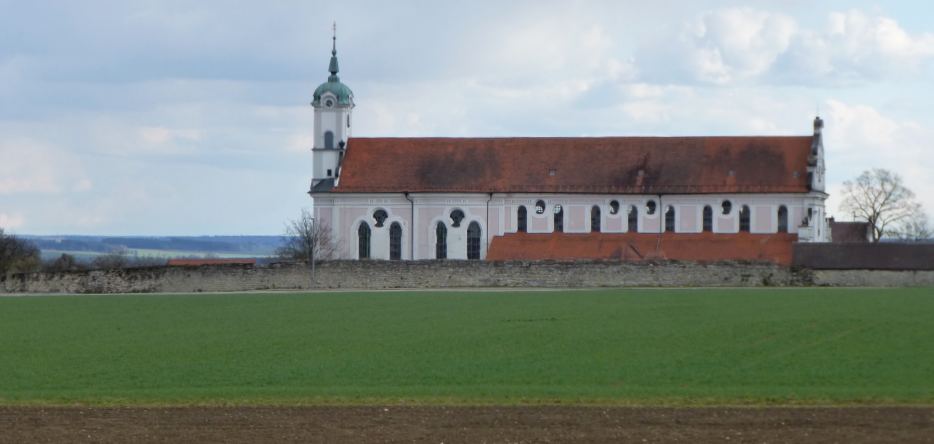
Two battalions and two artillery pieces controlled the bridge [48.43794, 10.09376] itself.
The battlefield
The village of Elchingen rises in an amphitheater on a small hill at some distance of the Danube; it is surrounded by gardens enclosed with walls which successively command each other; a vast convent
(Antoine de Jomini, Political and Military Life of Napoleon).
The battle
On the morning of the battle, the weather, which had been miserable for several days, cleared up somewhat. At 8 a.m., Marshal Ney sent Eugène-Casimir Villatte
But the bridge was partly burnt, and had been stripped of its crossbeams, which the Austrians had thrown into the river, so it had to be repaired before it could be crossed.
The work was carried out at full speed, under the direction of the Marshal in full regalia, and despite the heavy fire of enemy skirmishers standing at the mouth of the bridge. The French artillery fired back at them, but they soon had to take cover and slow their rate of fire. This made the task of the VI Corps soldiers much easier.
It was not without heavy loss of life, however, that they were finally able to build a new bridge deck using planks brought in by the Villatte brigade and crossbeams salvaged from piles or the banks of the Danube.
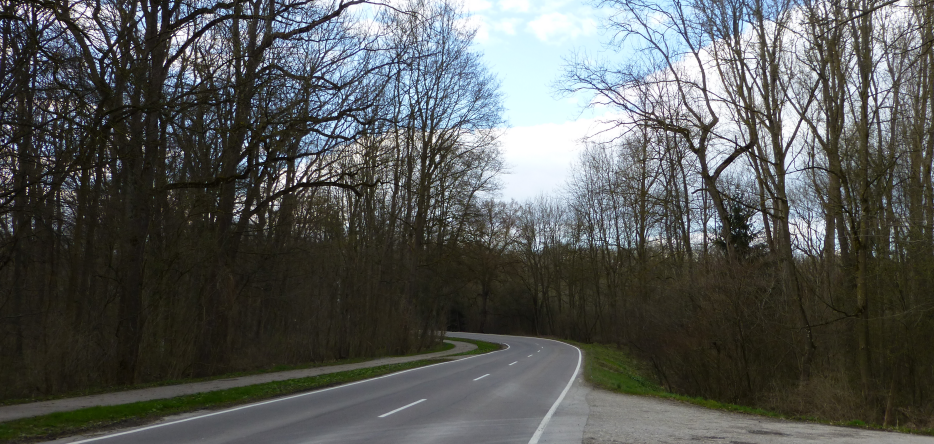
Immediately, without waiting for the work to be completed, an elite of voltigeurs, carabiniers and grenadiers crossed the bridge's last beams and scattered its defenders.
Marshal Ney sent the two regiments of the Villatte brigade behind them on the north bank. The first one (the 39th Infantry) was to spread out on the right, in the meadow
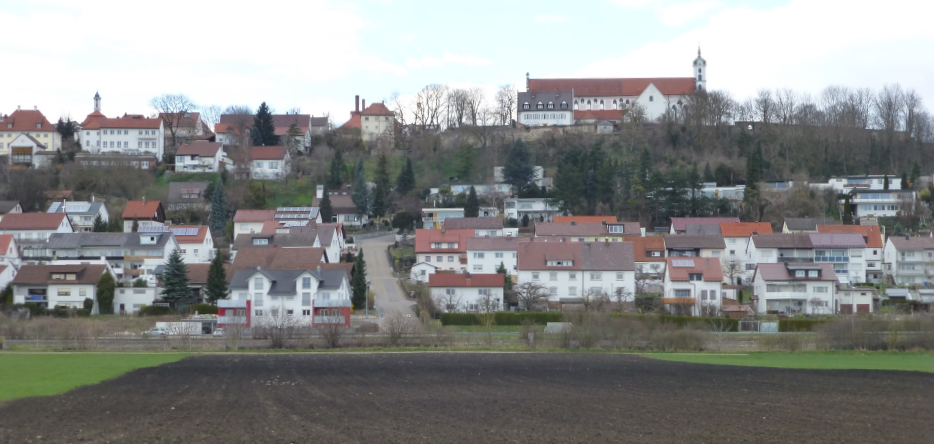
Slowed in its crossing of the bridge by the French cavalry, which was also rushing towards the left bank, the 39th was initially only able to push through its 1st battalion. The latter, having to withstand the counter-attack of Austrian cavalry and three infantry battalions, was brought back to the bridge outlet.
But when the second battalion of the 39th, then the entire brigade of Claude Pierre Rouget (known as Le Batave), crossed in turn, the enemy was repulsed. The meadow
Meanwhile, the Villatte brigade stormed Ober-Elchingen, supported by the cavalry of colonel Auguste François-Marie de Colbert-Chabanais
At around nine o'clock, Ney reached the convent crowning the Elchingen heights
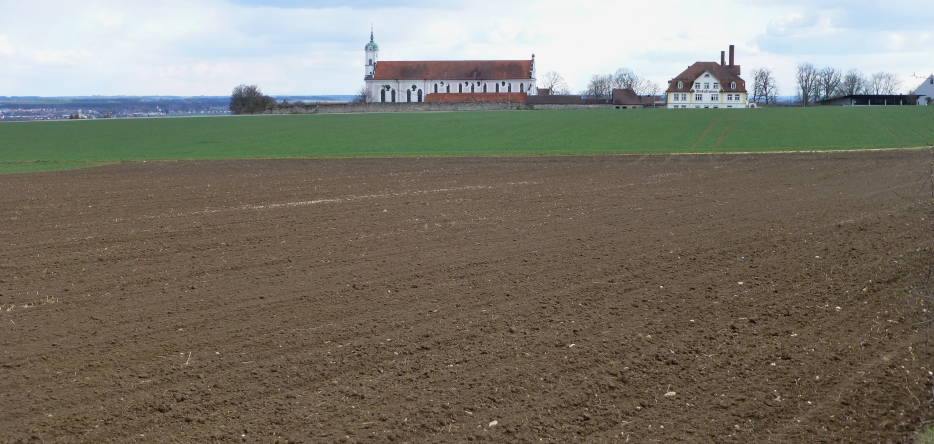
But the Austrians were still holding the woods that extended to the edge of the village. From this position, they could attempt an offensive return and drive Ney back to the Danube.
To avoid this, the Marshal sent the 69th to seize this key sector. Once the French left was firmly fixed on this point, he set about turning his right around this axis and sweeping the plateau, which extended as far as Michaëlsberg
The Austrians, who had meanwhile formed into several squares of 2,000 to 3,000 men, were charged by the dragoons of general Jean-Baptiste Antoine Laplanche, followed by infantry organized in column. The violence of the cavalry attacks was such that one of the squares laid down its arms. The others quickly withdrew, some towards Haslach then on the Michelsberg, others towards Albeck
Villatte, François Roguet
In the afternoon, Ney, to avoid any surprise and better protect the Elchingen bridge, returned to establish his right on the Albeck heights
Aftermath of the battle
The Austrians lost almost 7,000 men, while the French lost less than 1,000. Above all, the noose tightened around the town of Ulm
Indeed, to the north, the Dupont division had victoriously fought off a new attempt by General Franz von Werneck to find a retreat route on the left bank of the Danube, driving him back partly to Langenau
To the south, Marshal Jean Lannes had the Pfühl plateau occupied, with an advance guard at the village of Offenhausen
Map of the battle of Elchingen
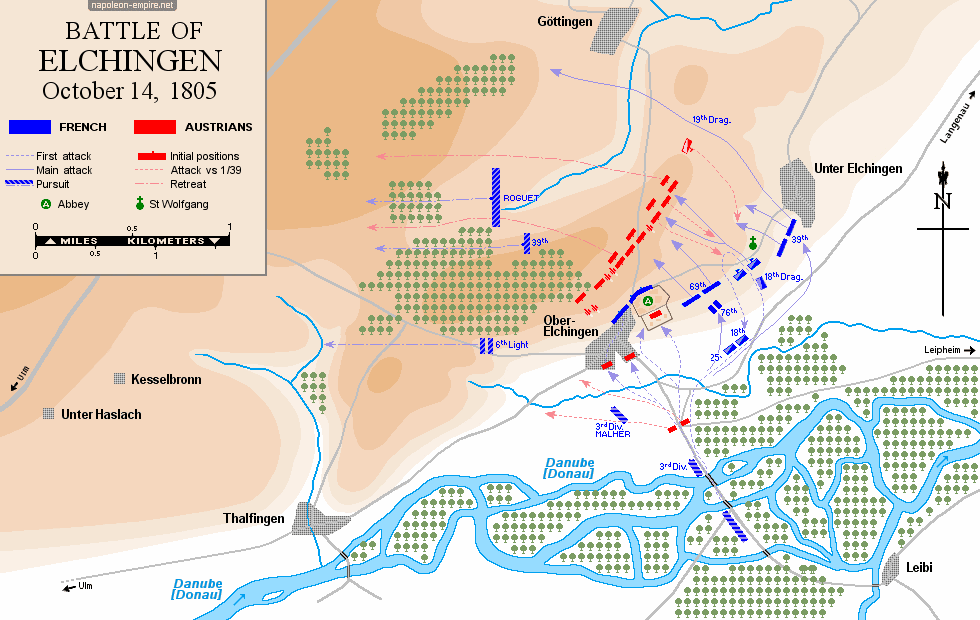
Picture - Battle of Elchingen.
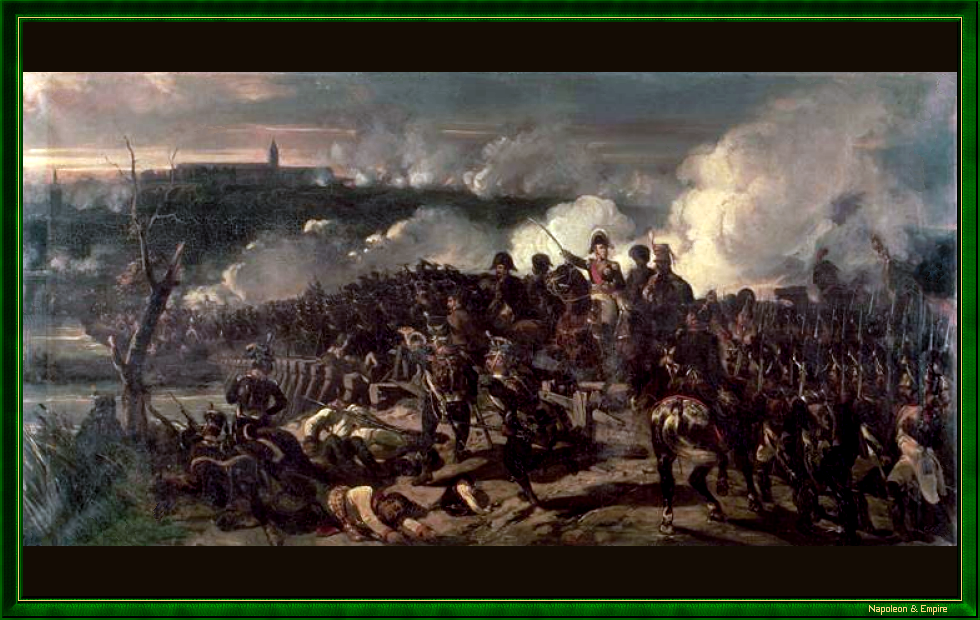
Ney had quarreled with Prince Murat shortly before the battle, the Prince having probably sought to make the Marshal shoulder the blame for the strategic errors that made this battle necessary. The Ney's behavior during the battle, present in full regalia at the head of his column wherever the danger was greatest, was his response to the intrepid (but sometimes misguided) cavalier.
Napoleon rewarded the exploits of the 6th Corps with a place of honor at the official capture of Ulm, and remembered those of Marshal Ney on October 14, 1805, when, three years later, he conferred on him the title of Duke of Elchingen.
An episode from the battle of Elchingen appears on the Grande Armée column at Wimille (Pas-de-Calais, northern France).